HOW TO USE K3 BIOLOGICAL FILTER MEDIA
K3 media can be used in two fundamentally different ways.
1) As a static bed.
In this mode, the filter is used mainly to trap suspended solids. These solids need to be completely removed from the pond, or fish tank, on a regular basis. This is easily achieved by expanding the media bed with air and running the resultant ‘soup’ to waste. The filter therefore should not be packed tightly with filter media. There should be at least 15% space available for the bed to expand.
2) As a mobile bed.
This is really when K1 and K1 micro come into their own. The huge protected surface area of the media comes completely in contact with the waste and plenty of oxygen. The constant collisions prevent the accumulation of solids provided there is sufficient space for the media to become fully fluidized.
For the media to move it needs to be ‘conditioned’ in the filter for a few days in order for it to achieve neutral buoyancy. Initially, it will float high in the filter and not flow easily. It’s only a matter of a day or two before everything operates in the way it should.
HOW MUCH DOES K3 MEDIA NEED TO USE
It’s worth repeating that it is always better to underestimate the amount of media to include in a filter system. After all, having a larger filter does give a significant buffer capacity when the fish loads are higher than average, or the filter performance is lower than expected. Changes in feeding behaviour, stock levels and water conditions occur all the time and are not always easy to predict. Fishkeeping is seldom an exact science.
Nevertheless, a crucial step in pond design is to correctly size the pond filter. Too large takes up valuable space and is expensive. Too small will almost certainly lead to poor water quality and a decline in the health of the fish. Very often manufacturers size their filters according to the size of the pond. This does not make any sense and will certainly lead to disappointment.
A better, and more scientific method, is to size the filter according to the maximum amount of fish food that it can be expected to purify. Fish food is the ultimate source of the majority of the pollutants that the filter is designed to control so this is a much more logical calculation.
As a Rule of Thumb, I would suggest that 1 liter of K3 media should be allowed for every 4g. of fish food.
So, by way of an example, if you expect to feed a maximum of 200g. of fish food a day you should include 50 litres of K1 media. Remember this is only a guide and is primarily used to size a filter before installation. once built and installed regular water quality monitoring is the correct method of assessing filter performance.
RECOMMENDATIONS
- For all but the smallest aquaponic systems ensure you include a method of removing suspended solids
- Solids should ideally be removed completely from the water on a regular basis, and not just trapped in a media bed where they will continue to use oxygen and produce further waste products.
- Do not fill solid removal filters more than 80% to allow the bed to be expanded during the cleaning process,
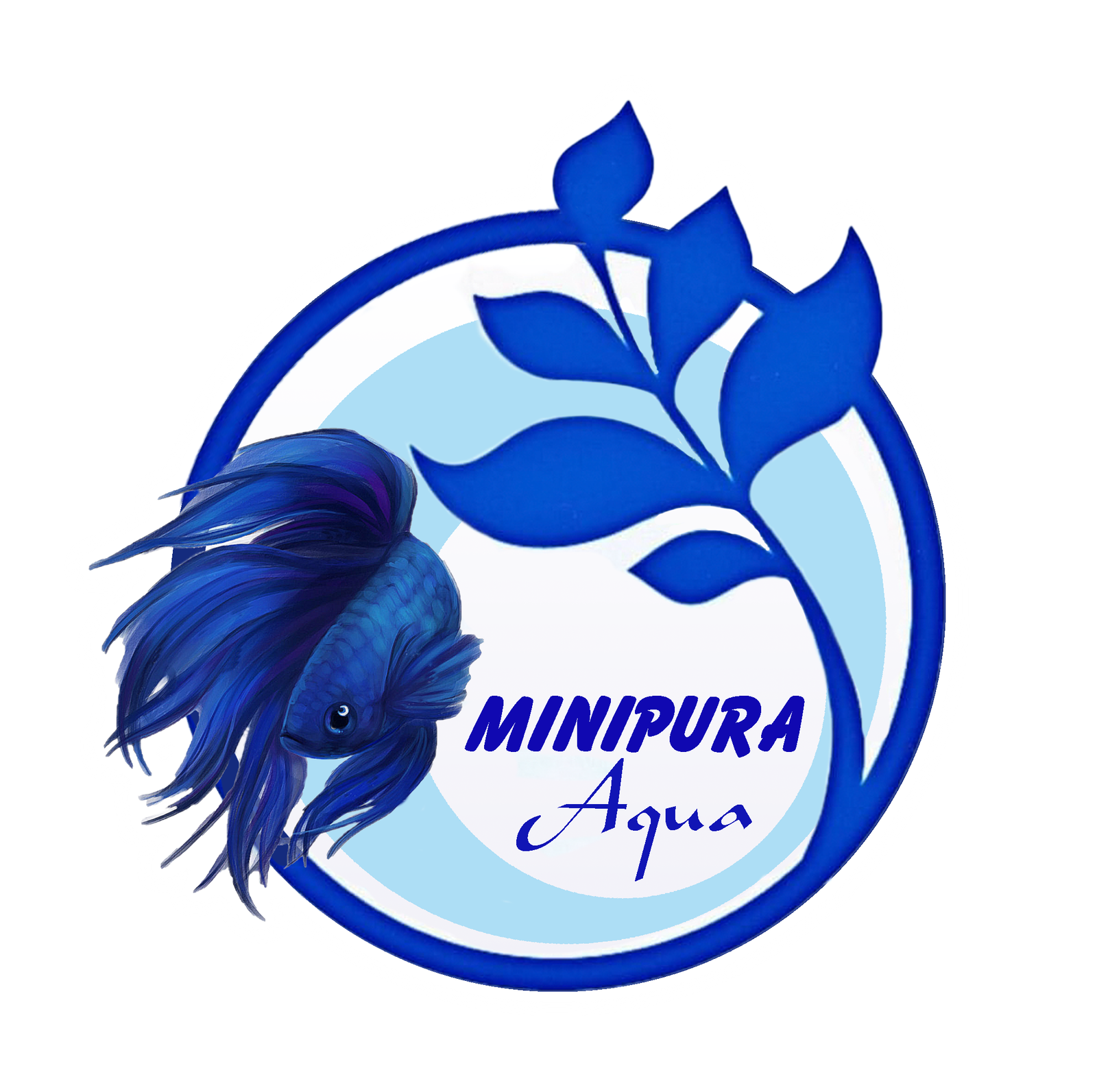
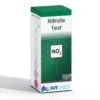
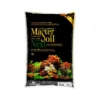

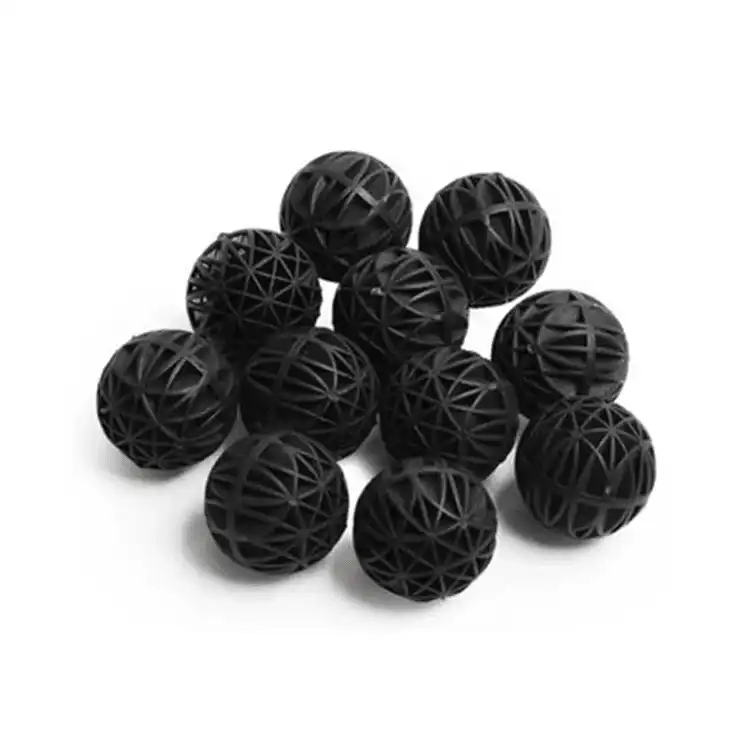

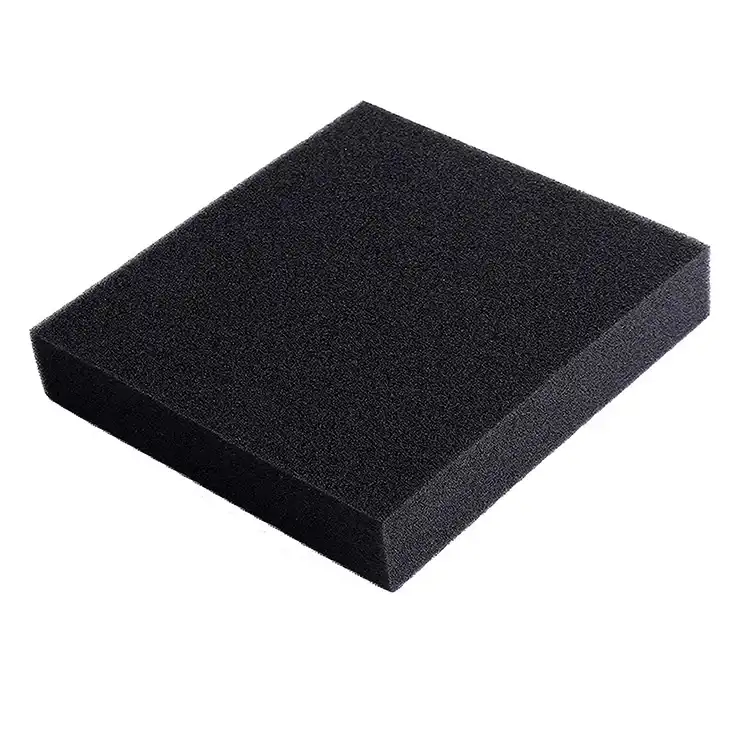


Reviews
There are no reviews yet.